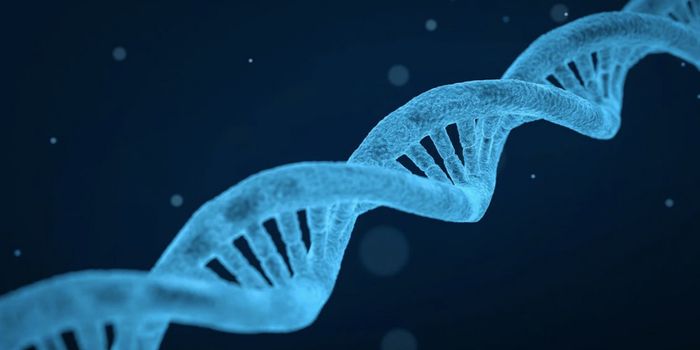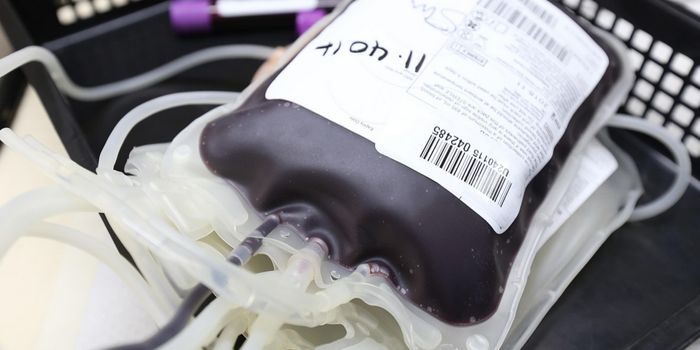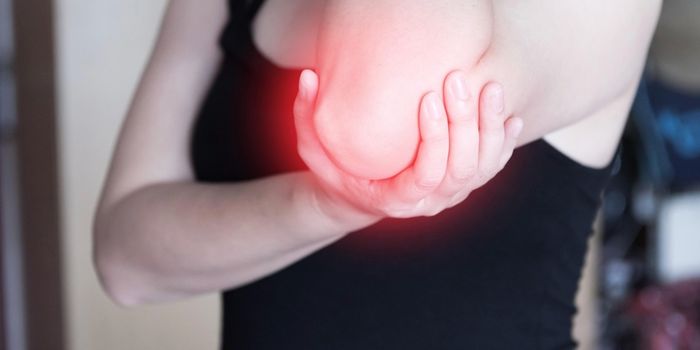Tracking Genetic Mutations and the Spread of the SARS-CoV-2 Virus
In 2016, a computational tool was created by Dr. Trevor Bedford, a virologist at Fred Hutchinson Cancer Research Center and Dr. Richard Neher, a computational biologist and physicist at Max Planck Institute, called Nextstrain. This freely available tool tracks the genetic changes in a virus during an outbreak. It went on to win the Open Science prize in 2017 and was reported in the journal Bioinformatics in 2018.
Now it's being used to track changes in the pandemic virus SARS-CoV-2, which causes the illness COVID-19. In a January 30, 2020 report from the team behind Nextstrain, researchers noted that the low mutation rate seen in the virus indicated that the virus was spreading from person to person since emerging from an animal reservoir early last December or November. It is natural for a virus to acquire mutations as it's passed from one individual to another, and the virus had already picked up many mutations by the end of January, but none of them were connected with a change in how the virus was behaving (such as whether it was causing a more serious illness).
Bedford was already concerned that a pandemic would arise if the virus was not contained.
Now that we are there, the virus appears to be collecting mutations at a rate of about 24 every year. The flu, for example, is also mutating at a similar rate. While none have changed the virus significantly yet, we won't know the impact of future mutations on SARS-CoV-2 until they happen; some may benefit the virus, while others may be detrimental to it.
In a March 13, 2020, interview, Bedford had some thoughts about reducing the rate of the spread or transmission of the virus. By reducing transmission rates or 'flattening the curve,' the peak of infection doesn't happen as rapidly, so there is less strain on the healthcare system, people that are sick can receive better care, and mortality rates are reduced.
Bedford also noted that reducing the transmission rates with social distancing makes the epidemic grow more slowly, but to interrupt ongoing transmission, large shifts in contact were required.
"We estimate that in the baseline scenario, on average across multiple simulations, there will have been roughly 25,000 people infected by April 7, but that this declines to roughly 9,700 total infections for a 25% reduction in contact, to 4,800 for a 50% reduction, and only 1,700 for a 75% reduction," he said.
He also emphasized the importance of testing people for the virus so that we can get a better understanding of how it's moving through communities.
"Additionally, capacity for testing is key to understanding the epidemic. If people can get results quickly, if they know if they need to isolate, we can reduce transmission. The hope is we could keep people out of the hospital. Widespread screening would have direct impact on transmission," he said.
"I believe the focus needs to be on testing and case-finding in the US to slow transmission here. As viruses from elsewhere in the US get sequenced, we'll learn about how connected these outbreaks are. Testing that is connected to epidemic surveillance can also guide additional mitigation efforts and social distancing policies throughout the country and the world."
The latest update from Nextstrain noted that after assessing 410 viral genomes, the team determined that there is widespread circulation of COVID-19 in Europe and the virus was moving significantly between countries. Some community transmission was happening in the UK. Many introductions to the US have happened, and caused "local transmission chains in multiple states." Washington state is experiencing a growing outbreak, and the virus is circulating locally in California.
As of Saturday, March 14, 2020, there have been over 153,000 cumulative confirmed cases of the virus in 141 countries, and there have been over 5,000 deaths from COVID-19. Over 72,000 people have recovered. The number of cases outside of mainland China is about to exceed the number of total cases in China, for the first time.








